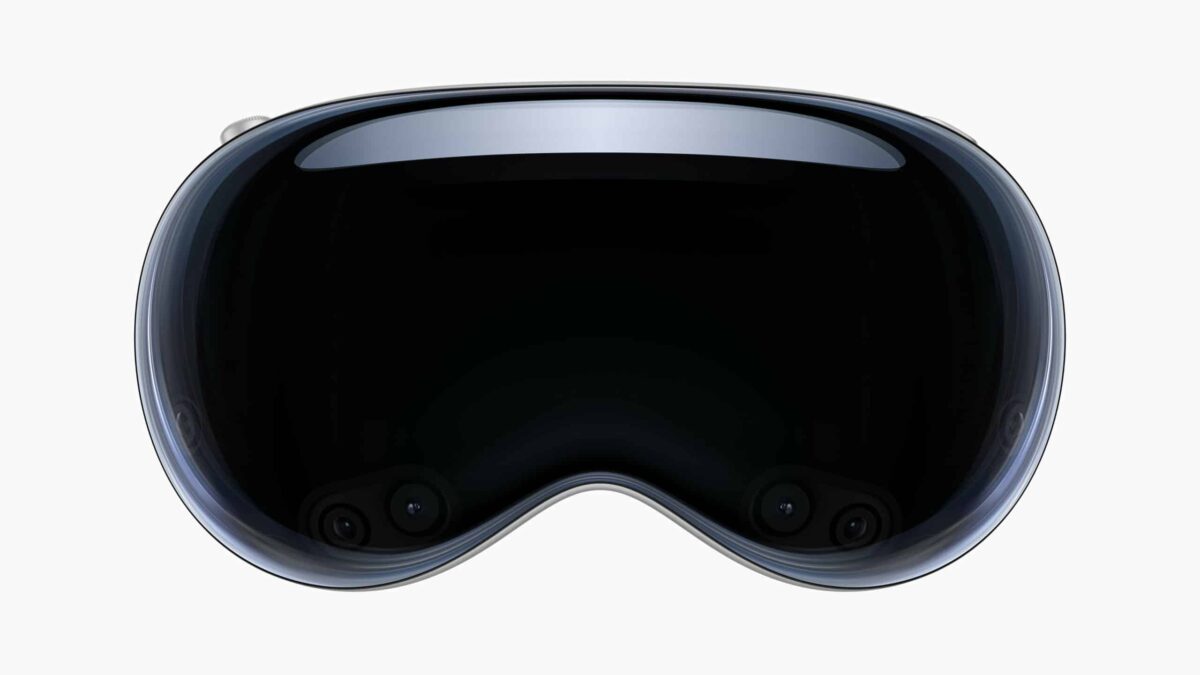The Apple Vision Pro made a splash when it launched back in February 2024, showcasing impressive hands-free spatial computing, but its hefty $3,500 starting price and considerable weight kept it out of reach for many.
Despite the advanced technology, the first-generation headset hasn’t quite found its mainstream footing, with users often citing the high cost and neck strain from its near 1.5-pound weight as major drawbacks. Now, attention is turning towards what Apple might do next in the mixed reality space, and rumors are swirling about potential new Apple Vision Pro models, including possibilities for a lighter and cheaper successor, and perhaps even different tiers of headsets arriving possibly around 2026 or 2027, though timelines remain uncertain.

One persistent rumor revolves around Apple developing a more affordable version, potentially named simply “Apple Vision,” aimed squarely at consumers rather than professionals. To hit a lower price point, suggested to be between $1,500 and $2,500, this cheaper Apple headset would likely involve significant compromises. Speculation includes dramatically lower screen resolutions compared to the original Vision Pro, possibly around 1,500 dpi using glass-based OLED tech instead of the current 3,380 dpi micro-OLEDs. Other potential cuts could involve removing the external EyeSight display and swapping the Mac-grade M2 chip for an iPhone-level processor, or even offloading processing entirely to a tethered iPhone or Mac. Analyst Ming-Chi Kuo, however, has suggested mass production for such a consumer model might be pushed beyond 2027, indicating it’s not arriving anytime soon, though Bloomberg’s Mark Gurman insists a cheaper model remains a high priority for Apple.
Alongside the budget-focused model, Apple is also reportedly working on improving the main Vision Pro line itself, potentially addressing the biggest complaints directly. According to Mark Gurman, Apple is now looking beyond a simple chip upgrade for the next iteration. Instead, the focus is on developing a successor that is both significantly lighter and less expensive than the current $3,499 model. Addressing the weight issue is critical, as neck strain is a common complaint from early adopters. While initial thoughts pointed towards a basic refresh perhaps incorporating the upcoming M5 chip later in 2025 or 2026, Gurman suggests Apple is aiming for a more substantial update to tackle these core price and comfort pain points, though specifics on how much lighter or cheaper remain unclear.
Further adding to the mix, reports suggest Apple is developing another distinct headset variant specifically designed for a wired connection to a Mac. This Mac-tethered headset aims to deliver an ultra-low-latency experience, crucial for demanding enterprise applications like viewing medical imaging during surgery or running high-fidelity flight simulators where minimal lag is essential. This approach could potentially result in a lighter and possibly cheaper device compared to the standalone Vision Pro, as processing could be handled by the connected Mac. It represents a different direction from the canceled Mac-connected AR glasses project, focusing instead on an opaque VR-style display system similar to the current Vision Pro but optimized for specific, performance-critical tasks.
(via Bloomberg)